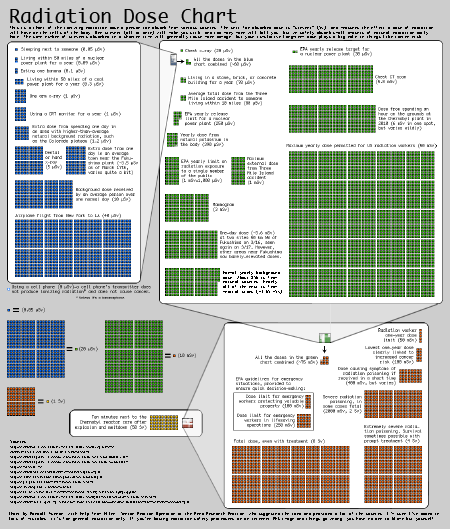The US military reports that overnight the Africa Command task force commenced electronic warfare during Operation Odyssey Dawn to help achieve U.N. Security Council Resolution (UNSCR) 1973 and protect Libyan civilians from their government.
The [U.S. Navy EA-18G] Growlers [a variant of the F/A-18F] provided electronic warfare support over Libya while Harriers from the 26th Marine Expeditionary Unit (MEU) conducted strikes against Muammar Gaddafi’s ground forces and air defenses, joining an international effort to halt an offensive against the Libyan populace.
This is part of a new tactical aviation fleet generation, which is more inter-operable and faster to produce; Growlers replace the Navy’s EA-6B Prowlers electronic attack aircraft.
“Its pilots and crews will employ Growler’s systems not just to jam signals,” said [Chief of Naval Operations (CNO) Adm. Mike Mullen], “but to control all aspects of the electromagnetic spectrum to protect our troops and engage our enemies.”
In other words, for this operation, while 100s of cruise missile strikes degraded Libya’s defensive capabilities the Growlers suppress residual risk of SAM threats to the coalition bombers. America is the only NATO member with tactical jamming support capability.
No news yet of any U.N.-coalition cyberwarfare to take out critical infrastructure and weaken the Colonel’s Army or even defacement of official Libyan media sites to post pro-civilian messages. I am certain Gaddafi’s email inbox right about now is overflowing with attachments.
The Navy also has released a video. It seems to be very underexposed; or maybe that’s to emphasize electronic warfare capability — everyone outside the attack team is left in the dark.
U.S. Marine Corps AV/-8B Harrier jets launch from the flight deck of the amphibious assault ship USS Kearsarge (LHD 3) in preparation for Operation Odyssey Dawn missions. Later, an SH-60 Sea hawk helicopter, CH-53E Super Stallion, MV-22 Osprey and U.S. Marine Corps AV/-8B Harrier jets land on the flight deck of the amphibious assault ship USS Kearsarge (LHD 3) following Operation Odyssey Dawn missions.





 Captain Richard Corriea of the San Francisco Police Department has a twitter account where you can
Captain Richard Corriea of the San Francisco Police Department has a twitter account where you can